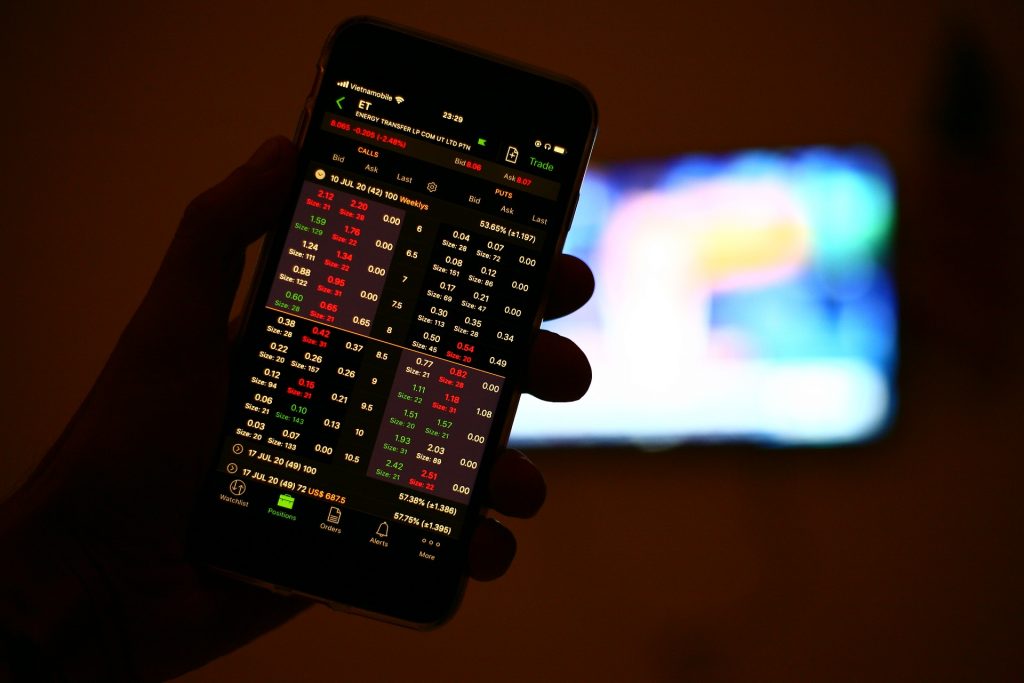Individuals and institutions seeking an alternative to traditional stock and bond portfolios can diversify commodities, foreign currencies, emerging markets, and other exotic investments. Exchange-traded funds (ETFs) represent one such option for those looking to diversify their portfolios away from common US-based assets like stocks and bonds. A typical ETF offers some exposure to a narrow or wide range of fixed income securities as well as the ability to short sell, in addition to offering investors the chance to take advantage of rising prices.
There are two primary types of ETFs available on the market today – synthetic and physical. Each type has its own unique characteristics that separate it from the other.
Physical ETFs
These refer to those that hold equivalent underlying assets in trust or custody. These include ETFs that track benchmark indexes like the Barclays Aggregate Bond Index or focus on industry segments like biotech, Brazil, or even sports. Through advanced investment techniques and securities lending, physical ETFs may have lower costs associated with them than many mutual funds.
Physical ETFs are linked directly to a particular index on a one to one basis. For example, an individual who purchases shares of an ETF that tracks the value of bonds issued by corporations in China would be purchasing Chinese government bonds while also receiving some exposure to other domestic firms if they so choose. A similar process occurs when short selling an asset through a physical ETF – any investor who was to sell short the SPDR index ETF would also be selling short the underlying assets that make up the index.
Nasdaq lists physical ETFs in three primary categories: sector, region or country-specific and asset class. According to the company’s website, the latter category offers exposure to everything from stocks, commodities, currencies, and real estate. Sector-based ETFs are available for healthcare, energy, and biotechnology, while regional offerings include investments tied to Asian markets or countries like India. Other products focus on what they track – products linked to commodities include gold-tracking funds and futures contracts linked directly to sectors of emerging market equities.
According to their prospectus, physical ETFs are designed to provide investors with direct access to an index or underlying asset. This helps track the overall performance of an index while also minimizing fees associated with maintaining a portfolio.
Synthetic ETFs
The second type of exchange-traded fund available on the market is known as either synthetic or swap-based funds. These differ from physical ETFs because they do not hold any actual assets but rather use derivative contracts to enact returns similar to those holding an equivalent position through traditional means. Synthetic ETFs can provide investors with greater liquidity than other types of investment vehicles because they can offer unlimited daily creations and redemptions at Net Asset Value (NAV). Another thing they can offer is shares that can be bought and sold throughout the trading day through their management company.
Final thoughts
The main draw to using synthetic ETFs instead of physical ones is that they can offer investors access to markets that may not be accessible because of political or other issues. For example, an investor who wanted to invest specifically in shares tied to companies based in Iran could do so with physical ETFs, but only if there was a direct link between American securities laws and Iranian corporate entities. If this were not possible, an investor would have two choices – he could either forgo investing in his market entirely or purchase them through instruments registered outside of US jurisdiction rules.
Synthetic ETFs allow these restrictions – whether deliberate or unintentional – to be bypassed by using derivatives contracts. The process allows investors to gain exposure to specific markets without actually investing in them directly, which may be illegal or otherwise inaccessible.
Synthetic ETFs also tend to have higher fees associated with them because of the nature of the contracts and derivative-based investments that they use. This is partly because these funds must pay for insurance policies used to protect against losses from counterparty risk – essentially an investment vehicle’s failure to meet its obligations. As such, this type of exchange-traded fund tends not to be used by smaller retail investors who would likely focus instead on physical ETFs.

